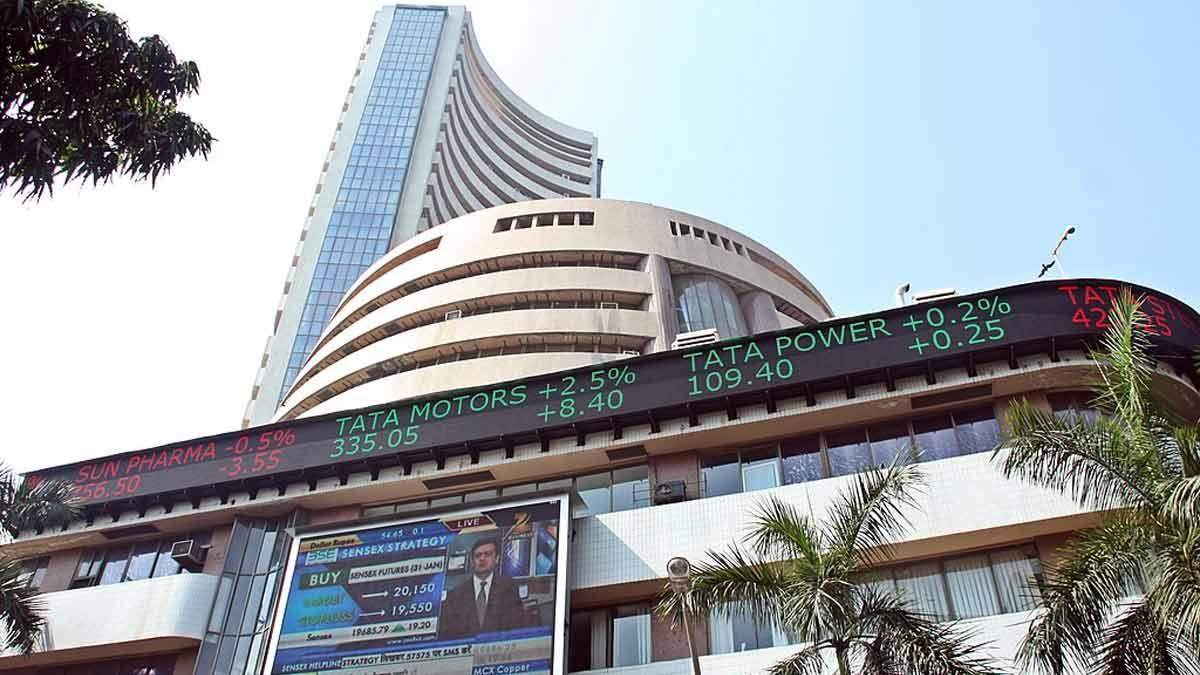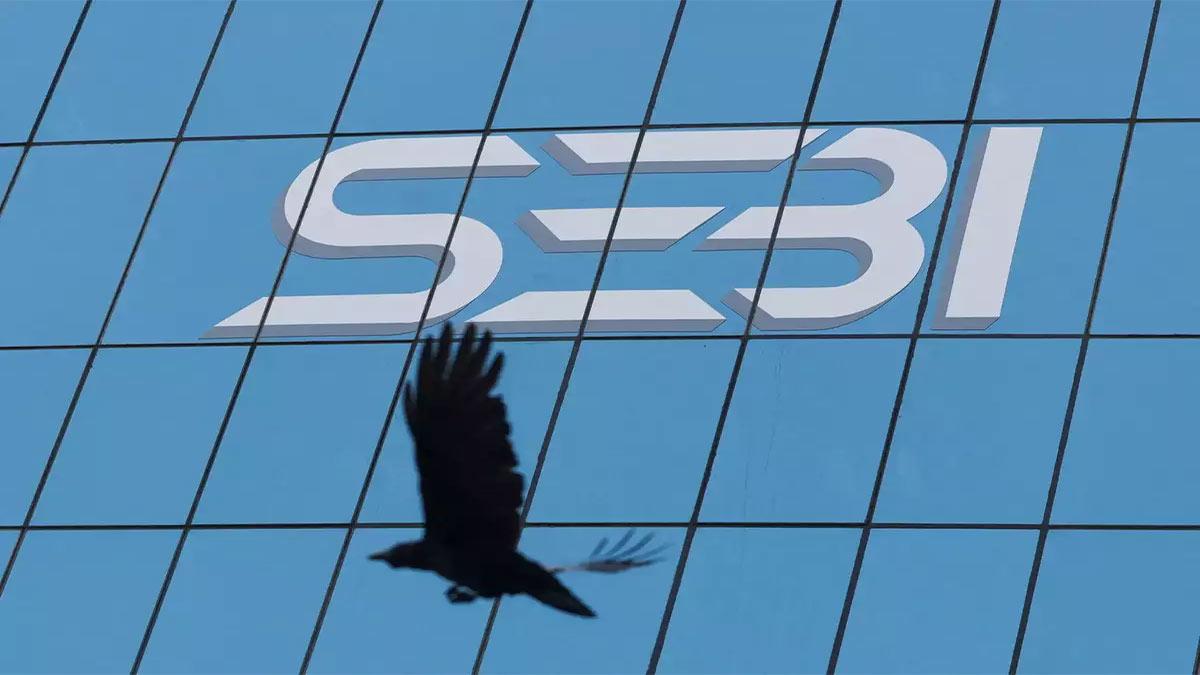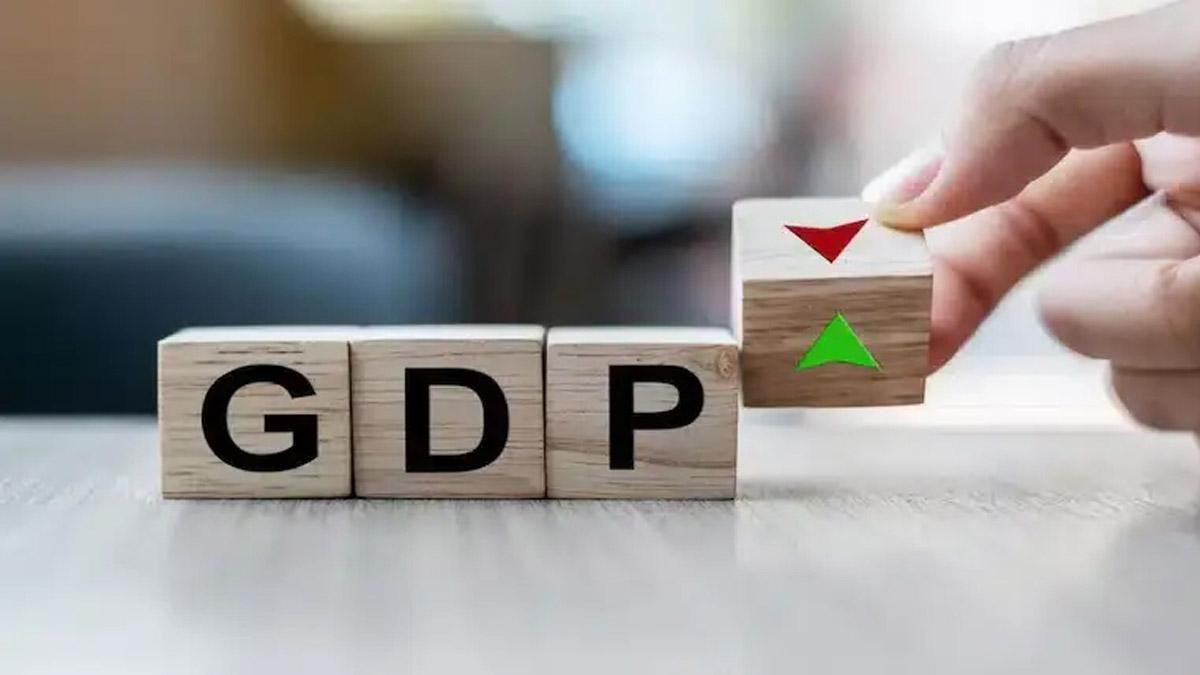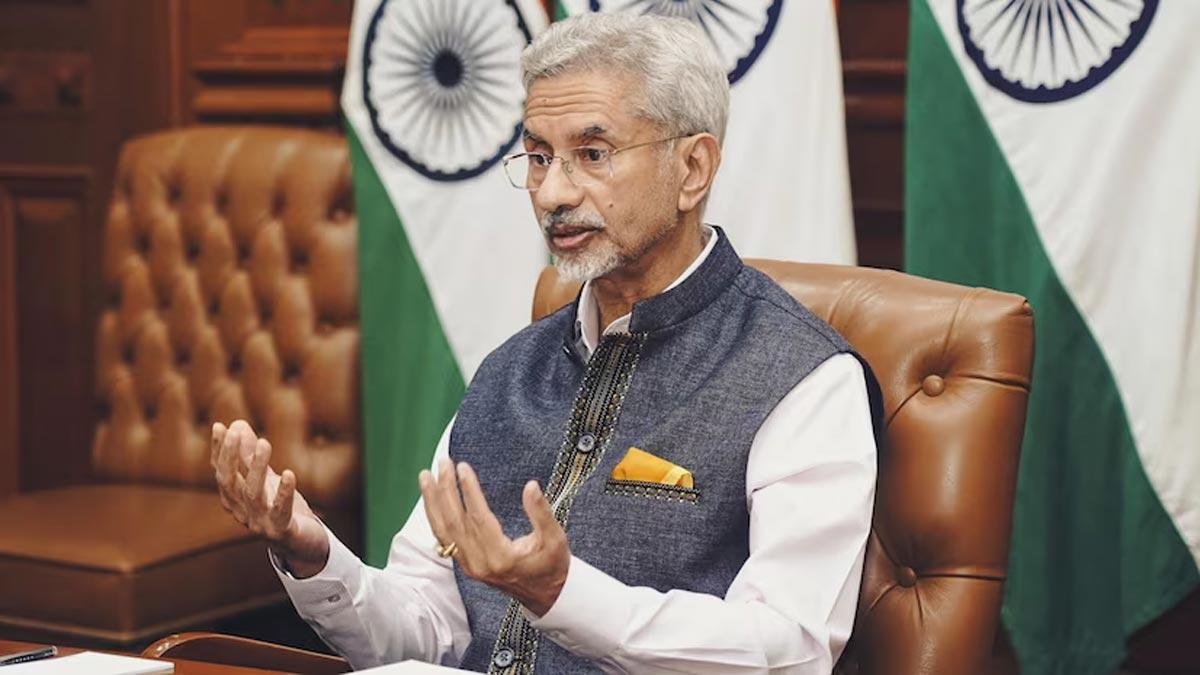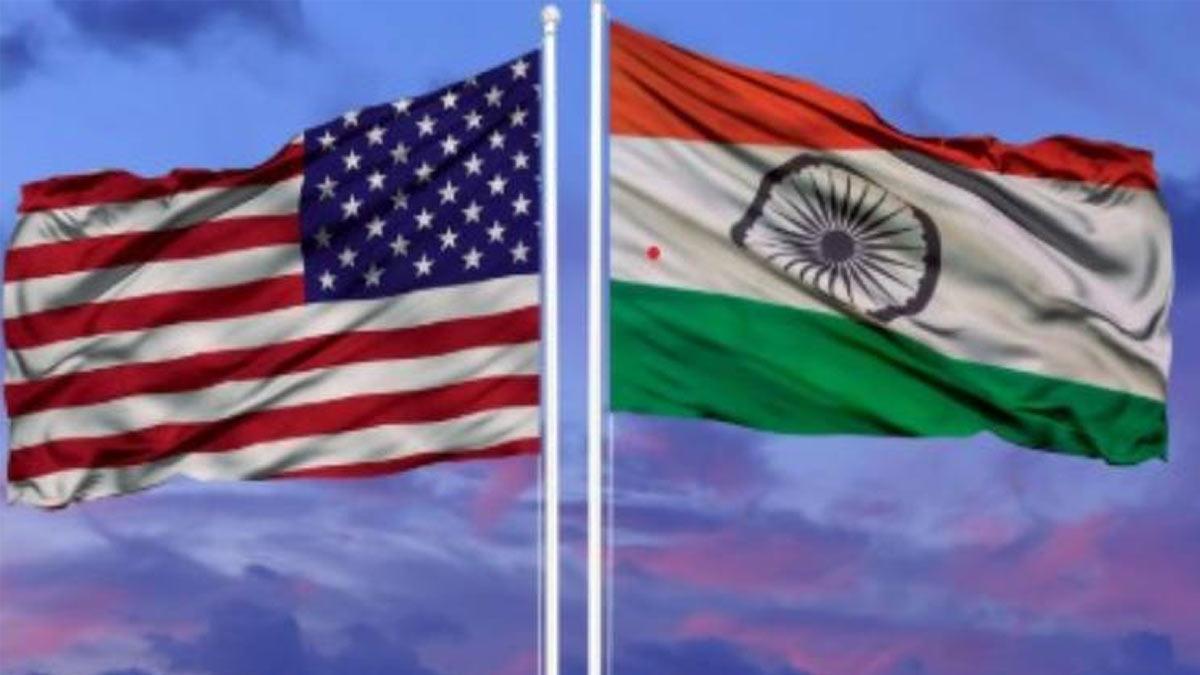The Indian markets are anticipated to be volatile over the short run but should normalize by the final quarter of Q4 in 2025 with the growth of domestic consumption as well as potential support from average monsoons, based on a report that was issued on Tuesday.
PL Capital-Prabhudas Lilladher's India Strategy Report indicates that the effect of some government policies and good monsoons will start to manifest in better consumer demand by Q2 of 2026.
"Among the market's largest concerns—Foreign Portfolio Investor (FPI) flows—could be positive on the back of increased capital spending, tax cuts, and a rebound in consumer demand. In addition, the 12-month target for the Nifty is seen at 25,689," the report said.
With food inflation easing from 10.9% in October 2024 to 6% now, liquidity conditions are likely to improve in the next 3-6 months with the help of a 25 basis point (bps) reduction in the repo rate by the Reserve Bank of India (RBI) and open market operations (OMO).
Other important growth drivers are a ₹1 lakh crore reduction in income tax for the middle class, increasing religious tourism, and a 17% rise in government capital spending (covering allocations for public sector undertakings and state governments).
PL Capital has also realigned its model portfolio by going overweight in the consumer space, expecting a demand pick-up after tax cuts, relief in food inflation, and a decline in interest rates. It has also gone higher on banking and healthcare stocks.
Though there are uncertainties in the global markets, the company remains optimistic about India's economic growth and expects FY26 to be better than FY25.
"As the impact of the budget begins to reflect in increased capex on a low base, and as consumer demand is triggered by tax cuts and monsoons, we expect a turnaround in FPI flows to positive ground," the report added.
Moreover, India is unlikely to face any significant negative impact from U.S. policies. Factors such as stable crude oil prices, potential geopolitical stability (particularly if the Russia-Ukraine conflict ends), and increased technology transfers to India could help offset the effects of Trump’s tariff policies.
"India's capacity to steer trade negotiations, capitalize on its geopolitical position, and reroute supply chains guarantees that this phase is one of temporary realignment and not a reversal," the report stated.
Read also| India's Private Sector Output Reaches 6-Month High in February: HSBC Survey
Read also| Indian E-Commerce Market Set to Reach $550 Billion by 2035: Report

